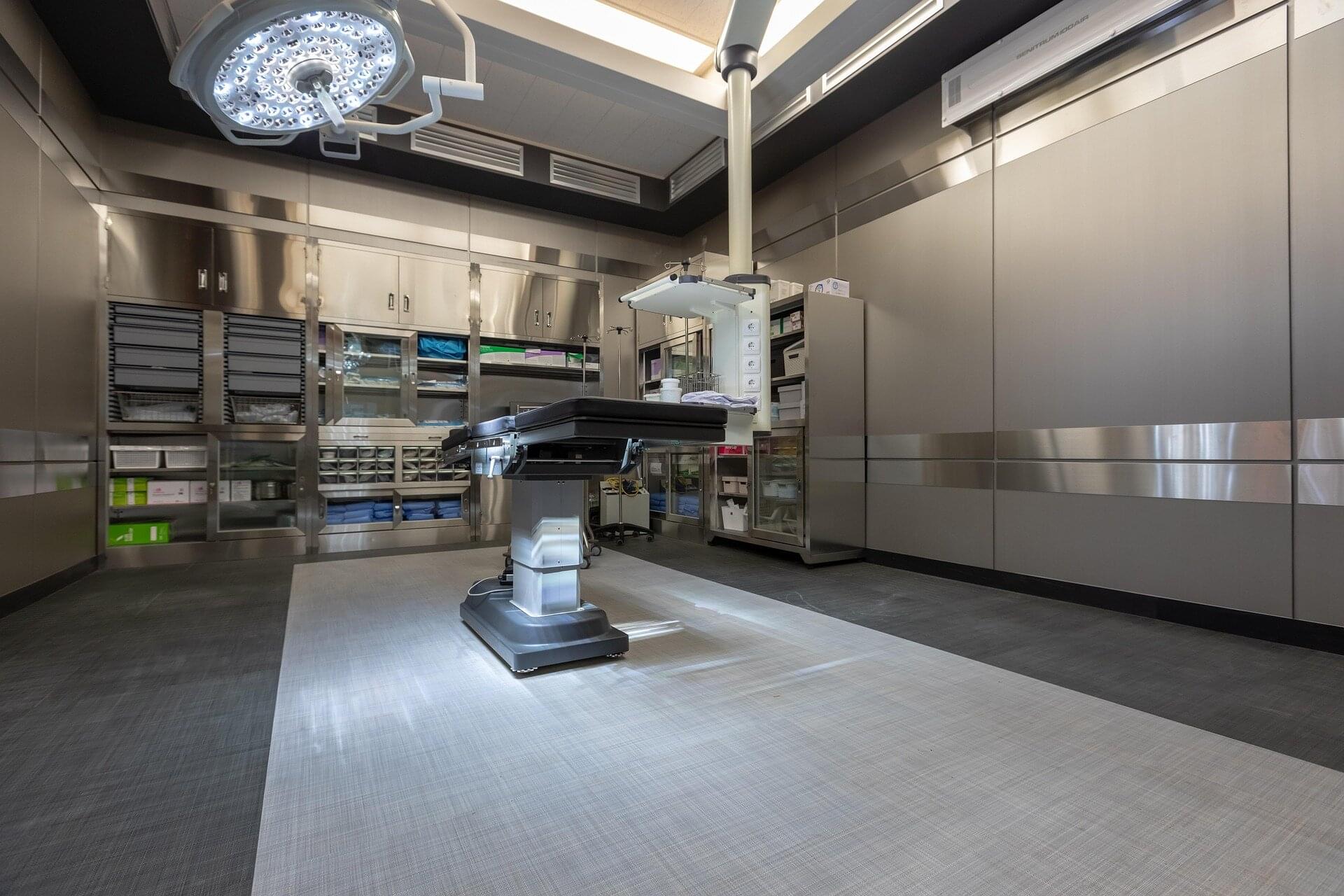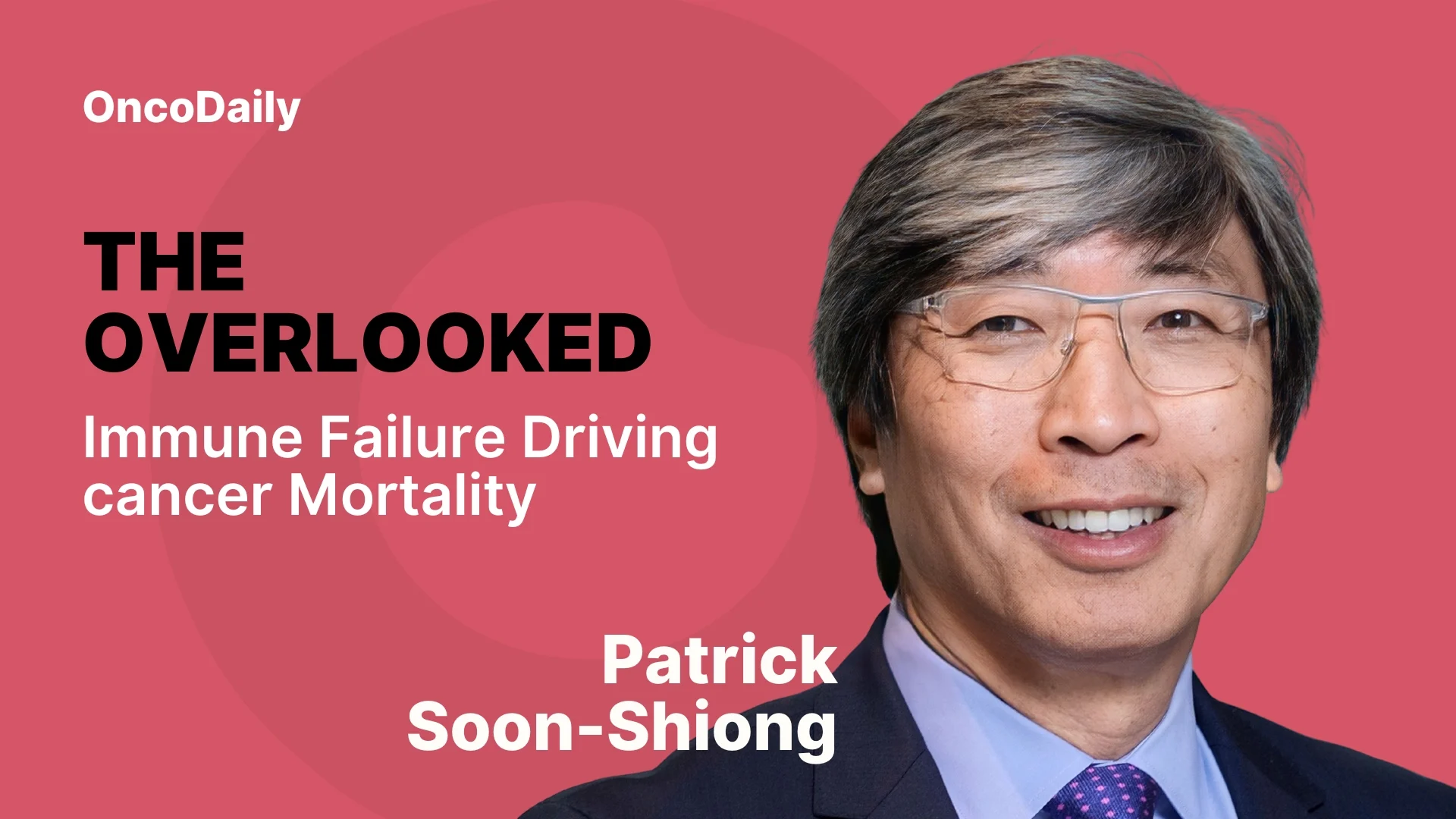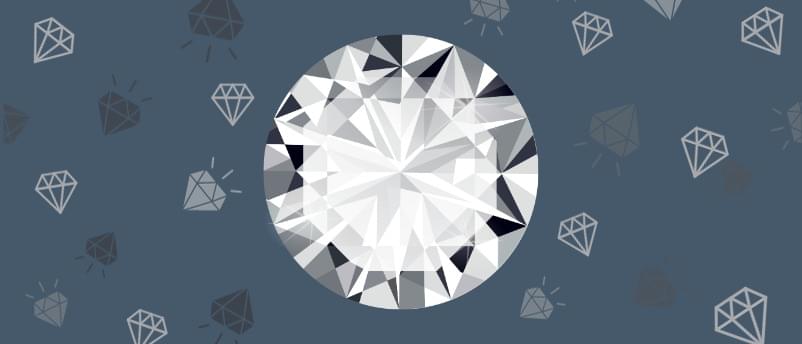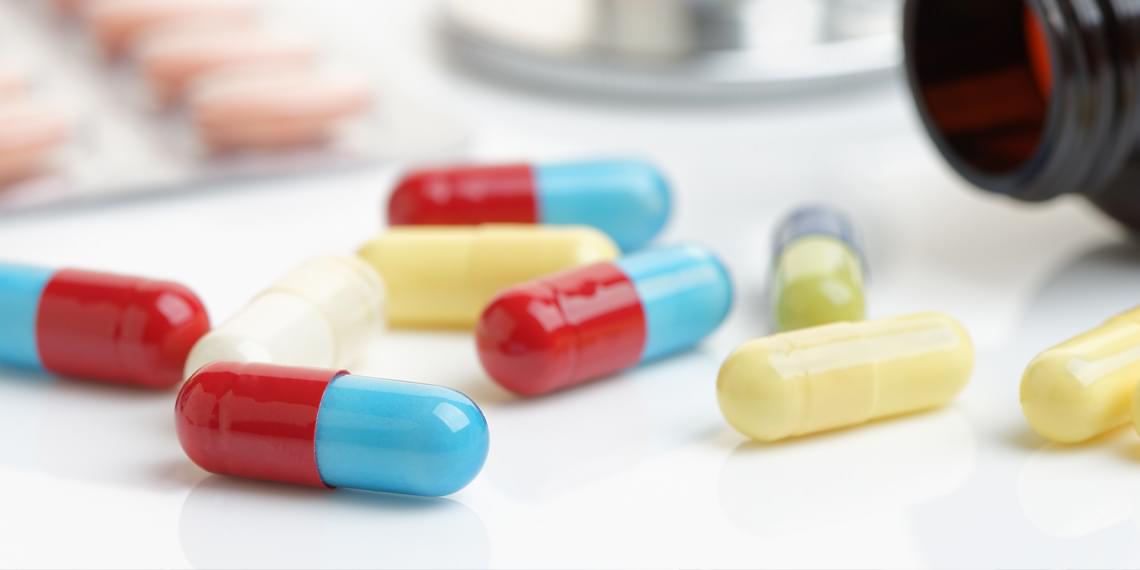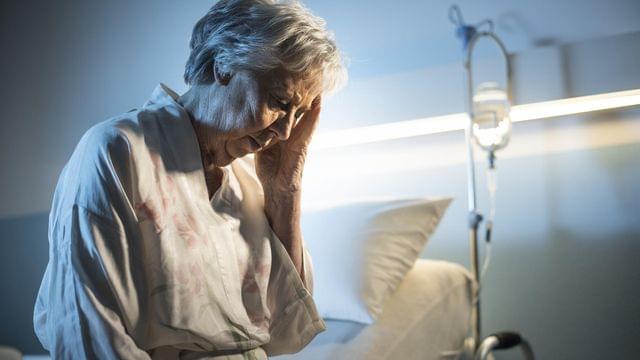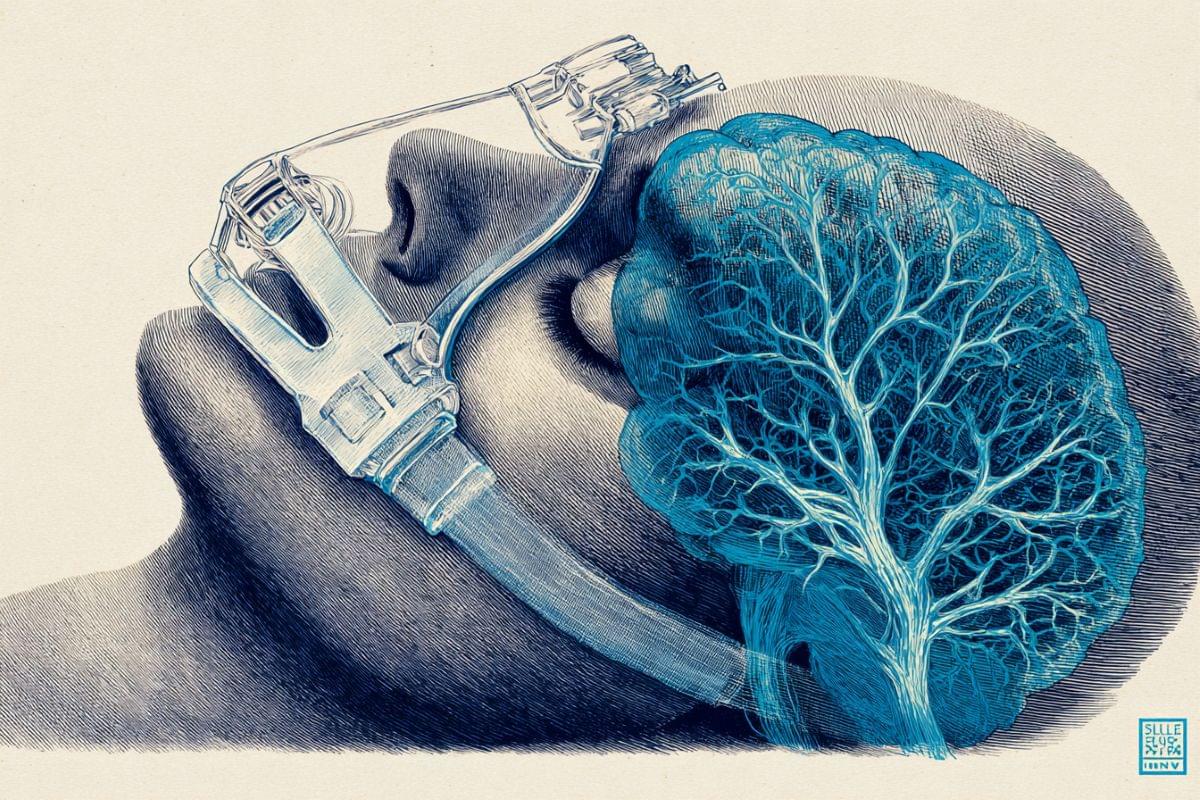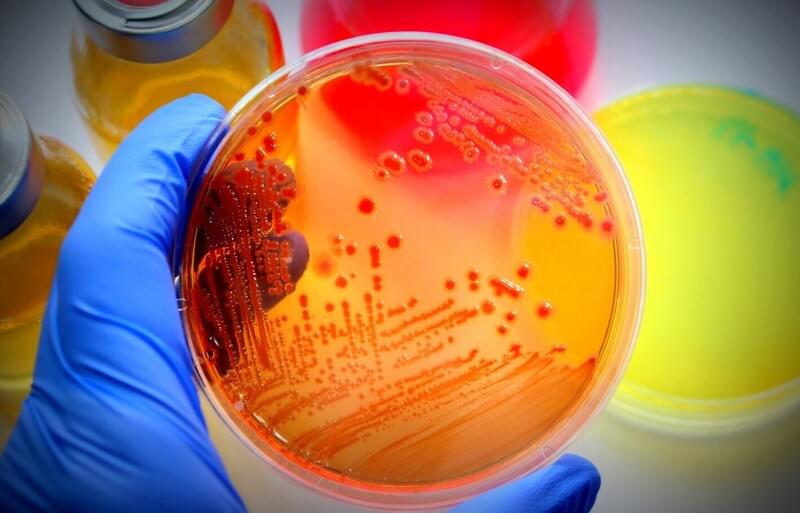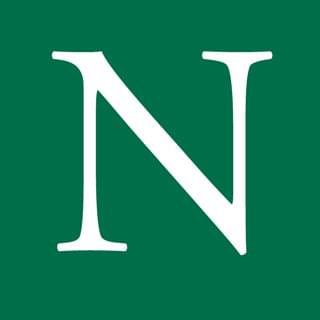Researchers at University of California San Diego School of Medicine, in collaboration with Data Science Alliance, a nonprofit promoting the importance of a responsible science environment, led a study showing that hospitals could save millions of dollars and significantly reduce surgical waste by rethinking supply lists used to prepare operating rooms, without compromising patient safety.
The study, published in the November 26, 2025, online edition of JAMA Surgery, found that preference cards— hospital checklists of tools and supplies for surgeries—often include far more items than are actually needed. Over time, as these lists are copied and reused, unnecessary items accumulate, creating inefficiencies and waste, resulting in operating rooms being stocked with supplies that often go unused.
“In addition to decreasing waste per surgery, optimized surgical preference cards can save significant hours in preparation and cleanup between cases,” said Sean Perez, MD, lead author and surgical resident at UC San Diego School of Medicine. “This means that we have more time to help more patients through life-changing and life-saving operations and procedures.”
